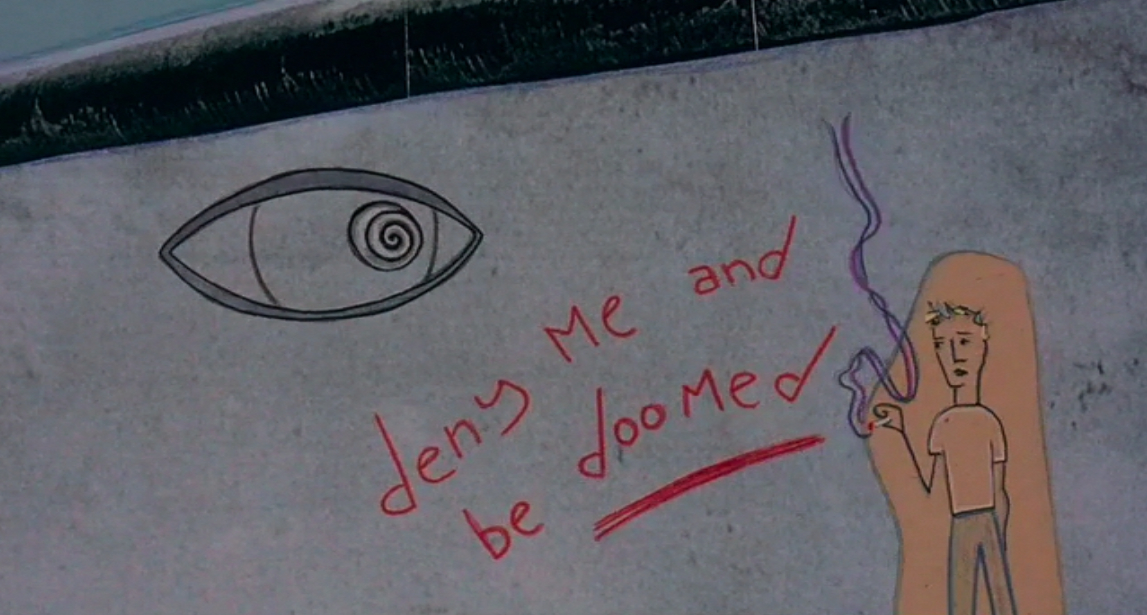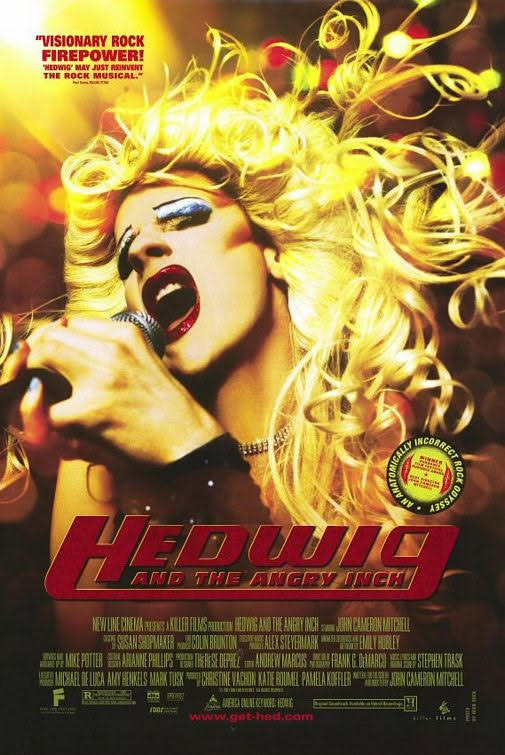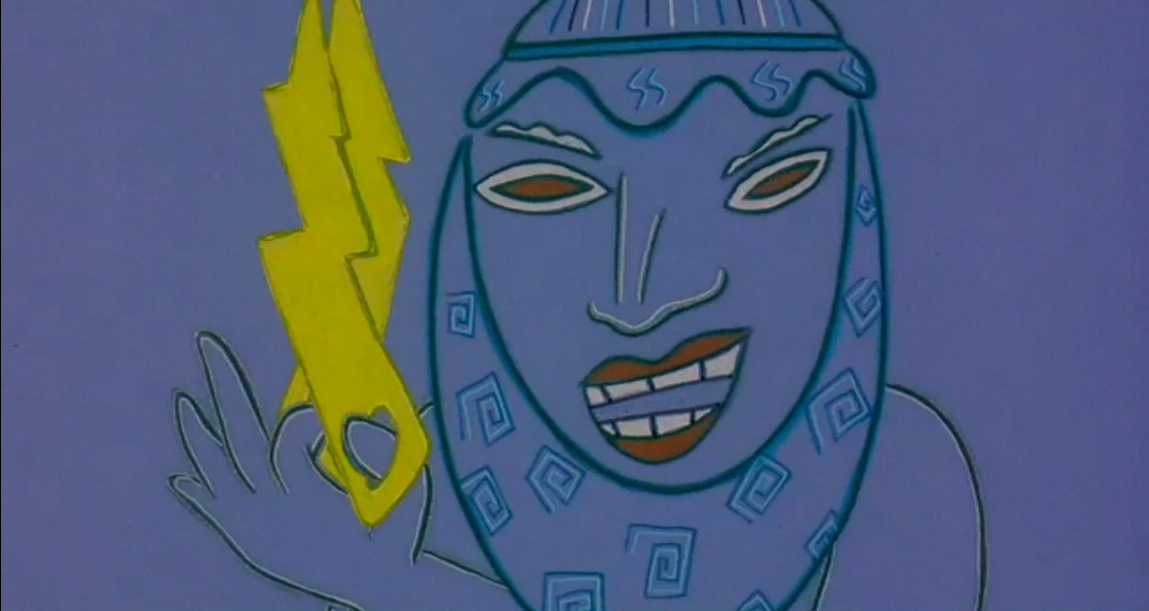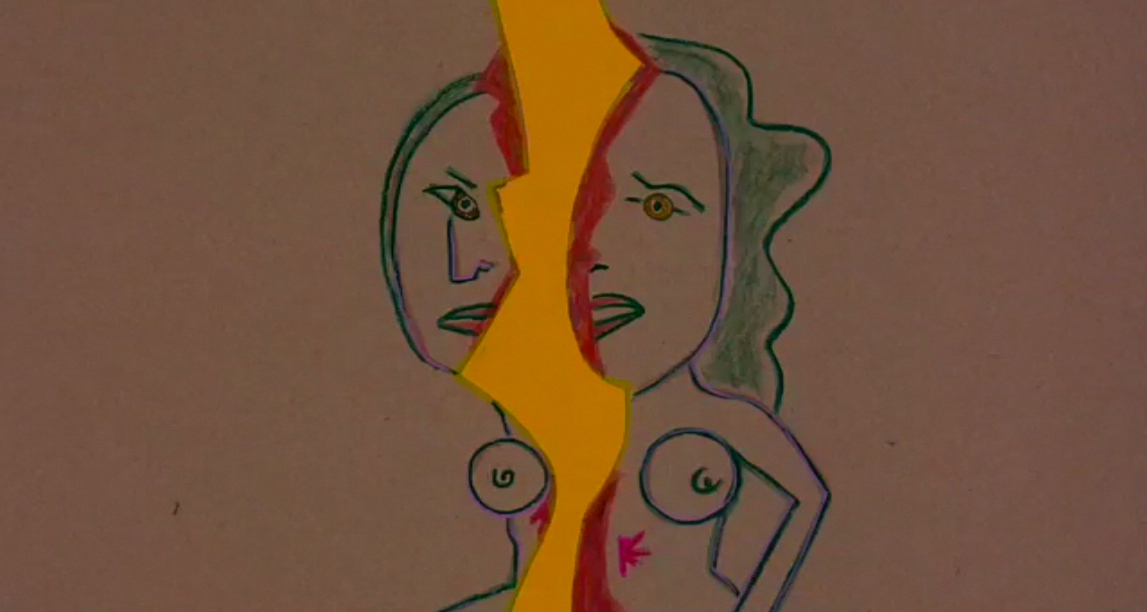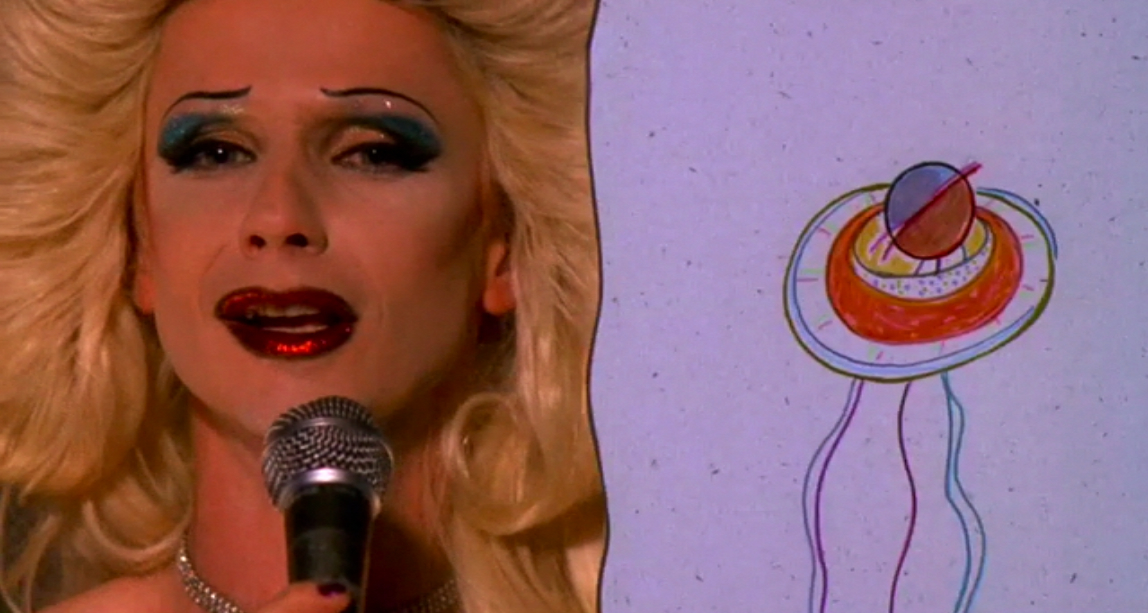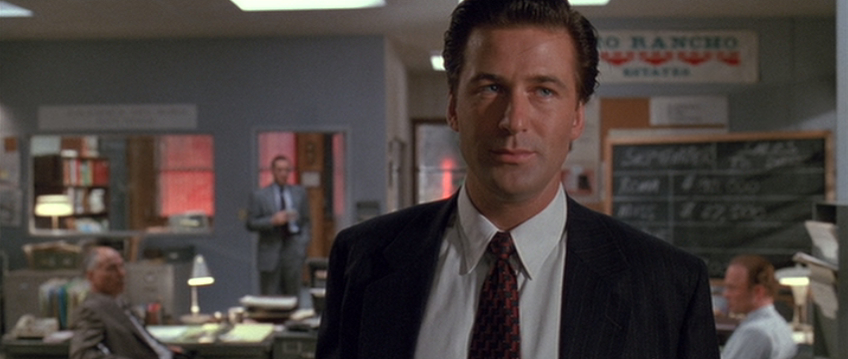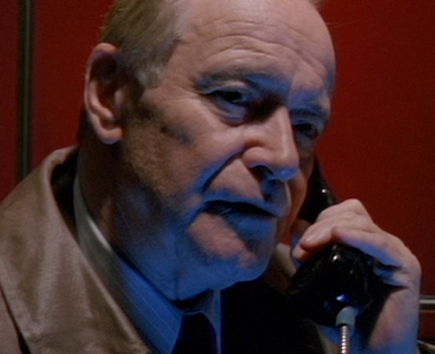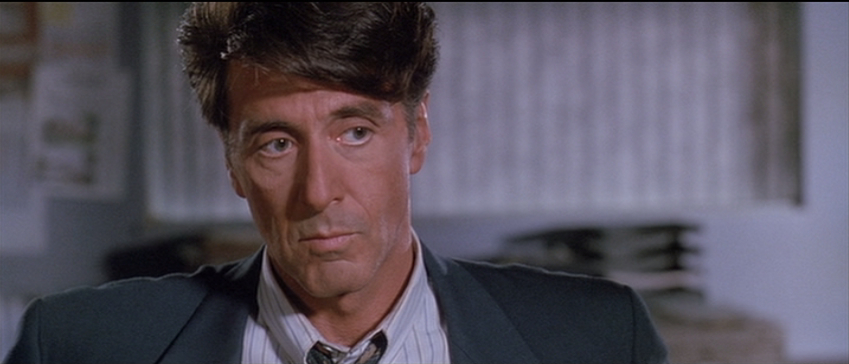Unsung Heroes: The Cinematography of 'Once Upon a Time in the West'
 Thursday, August 11, 2011 at 10:12PM
Thursday, August 11, 2011 at 10:12PM Michael C. here with the second season finale of Unsung Heroes. A recent obsession with the music of Ennio Morricone led me to the perfect subject, which manages the tricky feat of being both a landmark achievement and the work of an artist who is still somehow underappreciated.

When Orson Welles finished Citizen Kane he was so grateful for Gregg Toland’s contributions to the film that he took the largely unprecedented step of sharing his title card with his cinematographer. I think it can be argued that the subject of this week’s episode of Unsung Heroes, cinematographer Tonino Delli Colli, was worthy of similar recognition. Delli Colli shot all of Sergio Leone’s famous spaghetti westerns climaxing in Once Upon a Time in the West (1969), which many, myself included, consider their masterpiece. Yet I rarely, if ever, hear recognition extended past Leone the way I do with the cinematographers of other great auteurs, even though Delli Colli played a large role in creating one of the most iconic and influential visual styles in film history.
Has anyone ever photographed sunlight to such powerful effect as Delli Colli? The heat and light in his westerns is infinite, baking everything to a dry, brown crisp. I wonder if his name is not as renown as other greats like Vittorio Storaro or Gordon Willis because they used darkness and shadow so memorably, while Delli Colli painted almost entirely with brightness. Even the shadows in Once Upon a Time appear scorching. I’ve read people credit the arid, flat Spanish landscape for the distinctive feel of Leone’s westerns, yet scenes in Once Upon a Time are shot in the heart of John Ford’s legendary Monument Valley and Delli Colli manages the same harsh, parched feel there as in the rest of the film.

Leone was a perfectionist when it came to making sure the images on the screen exactly matched those in his imagination, and he preferred to work repeatedly with the same collaborators, like Delli Colli, whom he could count on to operate at a high level without fail. There is a wonderful moment in the DVD documentary on Once Upon a Time where a now elderly Claudia Cardinale begins, “Tonino Delli Colli…” then gets a distant look in her eyes, smiles and says simply “He knew how to light me.”
(On a side note, I think Delli Colli was worthy of the Oscar in ’69 for West if only for his lighting of Cardinale whom he pushes into serious Marilyn Monroe territory in the film. I mean wow.)

I suppose my idea here isn’t to call attention the visuals in Once Upon a Time in the West, which need no help from me being recognized as a monumental achievement, so much as it is to draw a big red circle around Delli Colli’s name. His work with Leone represents one of the great director-cinematographer partnerships along with the likes of Kubrick-Alcott or Coens-Deakins or Powell-Cardiff. No list of the greats is complete without his name.

Season Two of Unsung Heroes: Minority Report, The Adventures of Robin Hood, Hedwig and the Angry Inch, Glengarry Glen Ross, Searching for Bobby Fischer, Zodiac, Oldboy, The Iron Giant, I’m Not There, The Hustler, The Royal Tenenbaums, This is Spinal Tap, and Amelie










